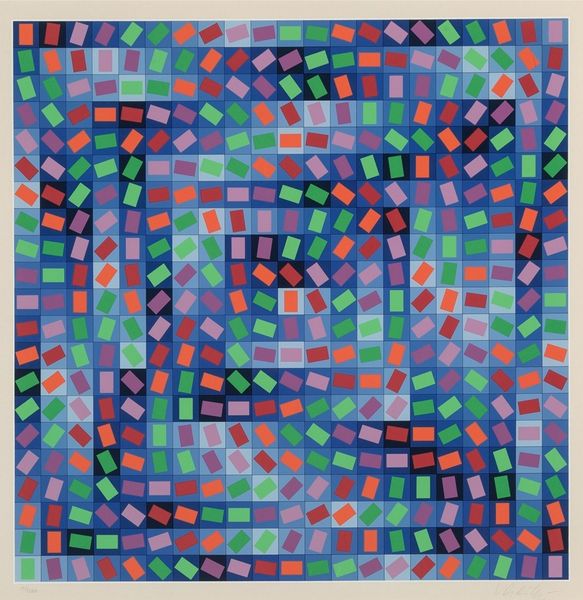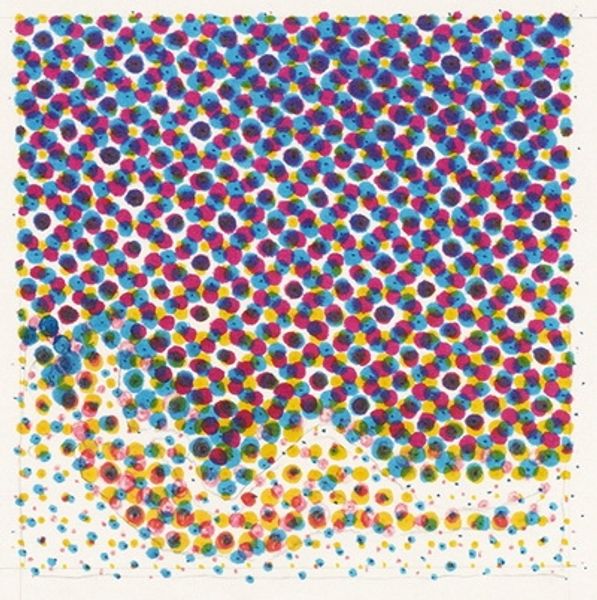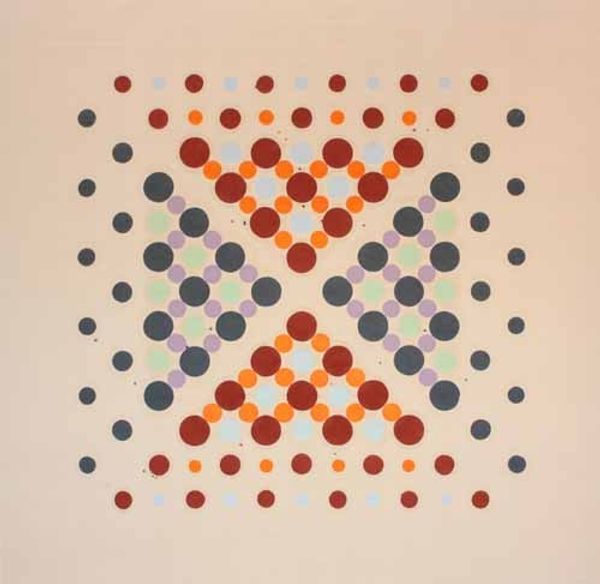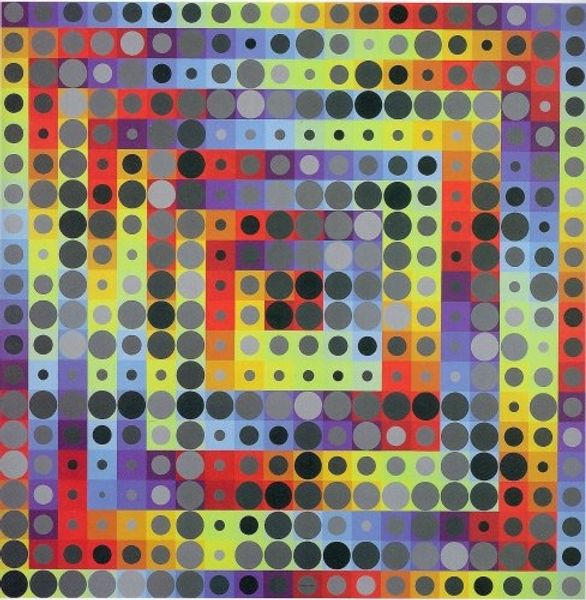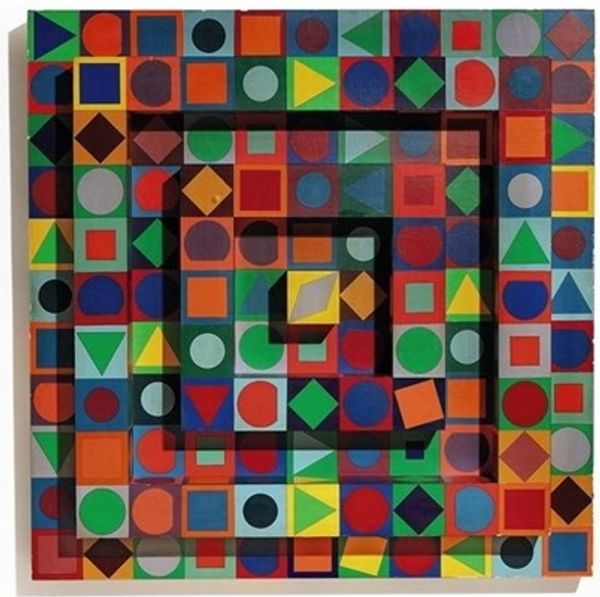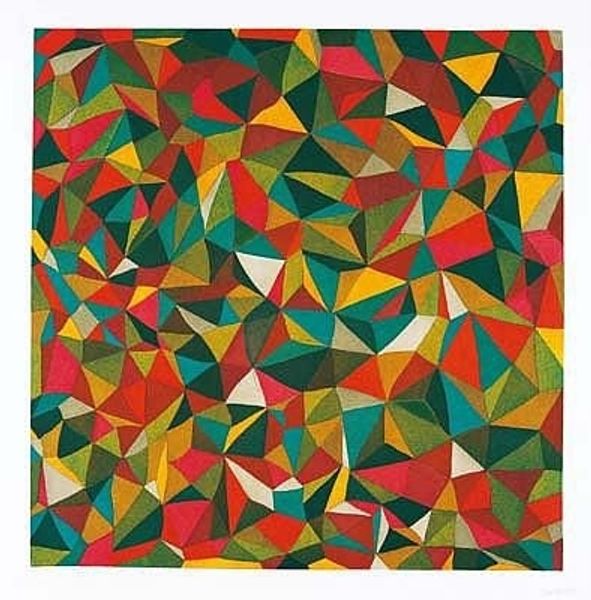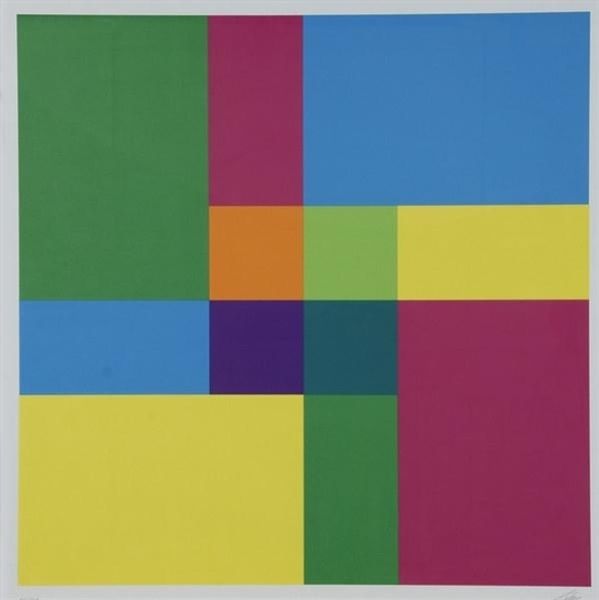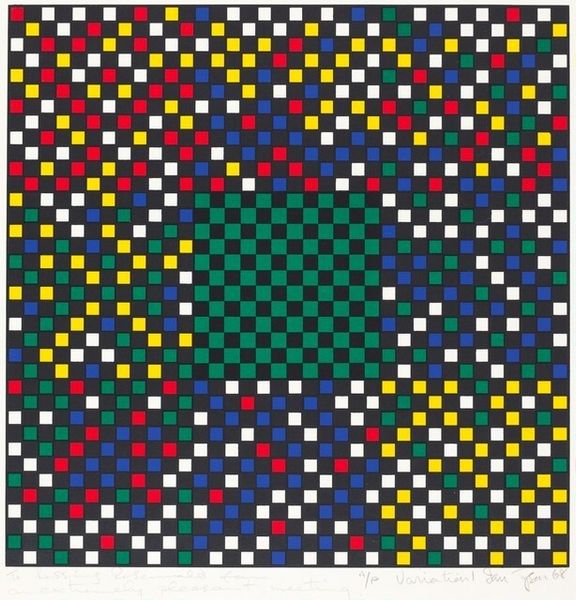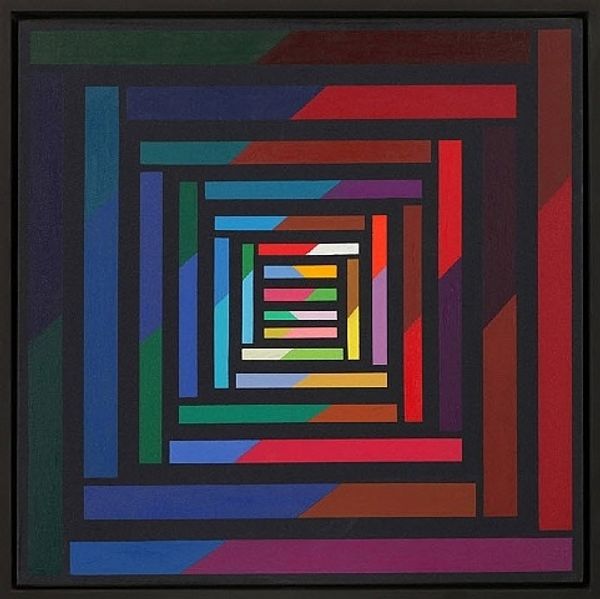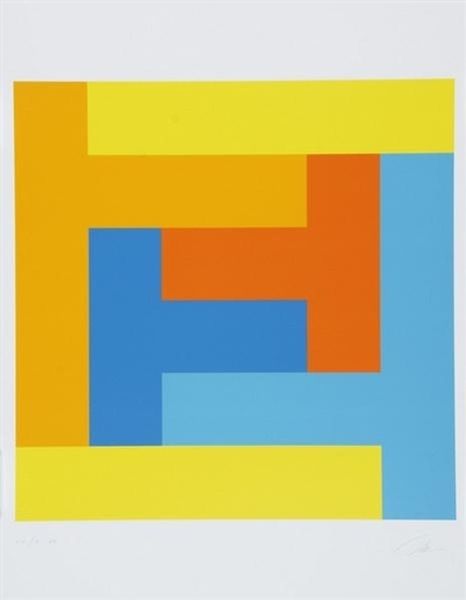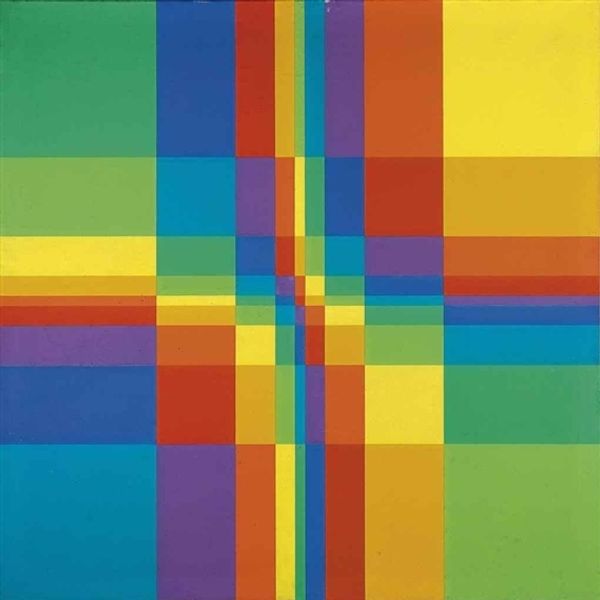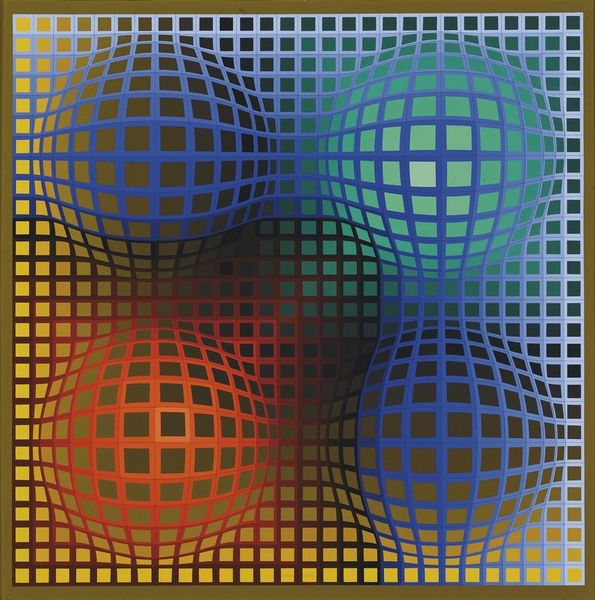
acrylic-paint
#
kinetic-art
#
op-art
#
acrylic-paint
#
geometric
#
line
#
digital-art
#
hard-edge-painting
Copyright: Julio Le Parc,Fair Use
Editor: This is Julio Le Parc’s "Collage," and although the date isn't listed, it strikes me with its dazzling, almost dizzying array of colors and perfect geometry! It's quite overwhelming. How do you interpret its impact and significance within art history, especially given its association with Op Art? Curator: Considering Le Parc’s broader body of work and the context of the 1960s, his experiments were revolutionary. Le Parc challenged the traditional art world’s emphasis on the artist’s individual expression. How does this piece speak to the socio-political upheavals of that decade, the increasing focus on collective experiences rather than the singular genius? Editor: I hadn't considered the collective aspect. It feels so precise and carefully planned, like a statement against, perhaps, the more chaotic elements of that era? Curator: Exactly! Think about the art world's institutions and the social hierarchies it upholds. Artists like Le Parc, through collectives, sought to disrupt those norms by dematerializing the art object. Does the fact that this is titled “Collage," yet appears digitally-created, confuse your understanding of Le Parc's intentions at all? Editor: It does a bit, yes! I think I thought that the rigid lines was coming straight from hard edge painting; collage has a connotation of randomness. The regularity tricks me, and the colours make me dizzy! I will never consider collage under this light. Thanks. Curator: My pleasure! Analyzing art, particularly abstract forms, requires us to understand not just what’s visible, but also the cultural forces shaping the artist’s intentions. And those works can tell you much more when contextualized, right?
Comments
No comments
Be the first to comment and join the conversation on the ultimate creative platform.
